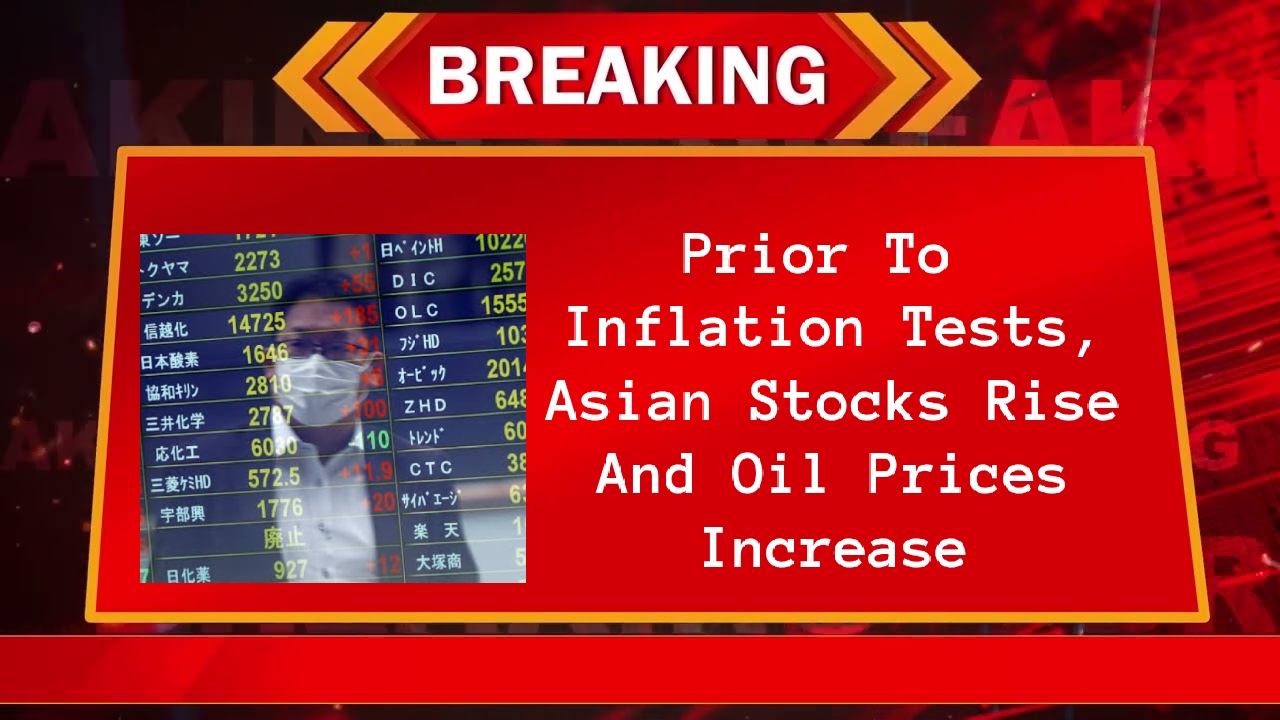Ahead of inflation statistics that investors believe will open the door for rate reduction in the US and Europe, Asian markets tentatively rose on Monday. Meanwhile, the dollar and bond yields were declining. After Hezbollah and Israel exchanged airstrikes and rocket salvos on Sunday, raising concerns about potential supply disruptions in the event that the conflict intensified, oil prices increased by 0.7%.
Surge In Stock Market
While U.S. crude gained 50 cents to $75.33 per barrel, Brent increased 51 cents to $79.53 per barrel. Investors are also keenly watching Nvidia, the AI darling, for its earnings on Wednesday, hoping it can live up to the extremely high expectations set by the market.
Approximately 25% of the S&P 500’s 17% year-to-date gain has come from the stock, which is up roughly 150% so far this year. Nvidia always outperforms consensus expectations in terms of performance, but investors are so used to seeing revenue come in $2 billion or more over what the analysts had predicted that there’s a good chance they’ll sell the news event.
Asia Pacific Equities
Nvidia would therefore need to disclose sales of at least $30 billion and Q3 projections of at least $33 billion. Futures on the Nasdaq and S&P 500 were down 0.1% early on Monday. After climbing 1.1% the previous week, MSCI’s broadest index of Asia-Pacific equities outside of Japan increased 0.4%, with South Korea seeing a 0.3% increase.
A higher yen put pressure on exporter equities, causing Japan’s Nikkei to decline 0.7%. Friday saw a sharp decline in the value of the dollar as a result of Federal Reserve Chair Jerome Powell’s remarks that policy easing was now appropriate and that the central bank weren’t interested in to see the labor market continue to deteriorate.
Data On Personal Consumption
Along with an unexpected reading on inflation in the European Union, data on personal use and core inflation in the United States are expected on Friday. The widespread consensus among analysts is that the data will be moderate enough to permit rate reductions in September.
With a 36% probability of an excessive shift of 50 basis points, Fed fund futures are completely priced for a quarter-point reduction at the meeting on September 18. Additionally, 103 basis points of relaxation are priced in by the market for this year and an additional 122 basis points for 2025.

